RECLAMATION
Reclamation celebrates a series of works created by the artist over the past five years. Much of the work was inspired by a six week residency in Gros Morne National Park, Newfoundland, in 2008. Other pieces emerged from Sally’s own back yard, the shoreline of Lake Ontario near Bond Head. Time worn driftwood, the textured surface of ancient rocks, and porcelain shards from shattered china; each fuel her creative vision. These objects have been carefully collected and studied by the artist during her shoreline wanderings. Both natural and man-made, they have been transformed by time and the elements. Sally reclaims these objects, reinterprets and reshapes them, imbuing them with new meaning while honouring their origins and history.
- James Campbell, Executive Director/Curator of Visual Art Centre of Clarington
Visual Arts Centre, Bowmanville April 21 - May 19th 2013,
Red Head Gallery, Toronto, MAY 22 - JUNE 15, 2013
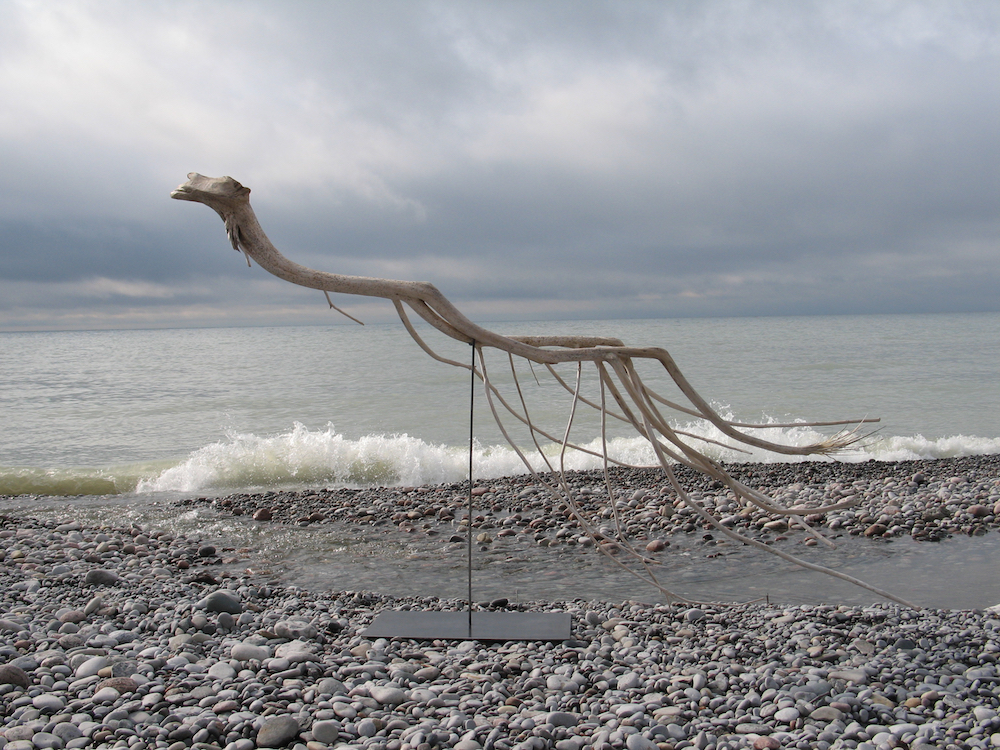

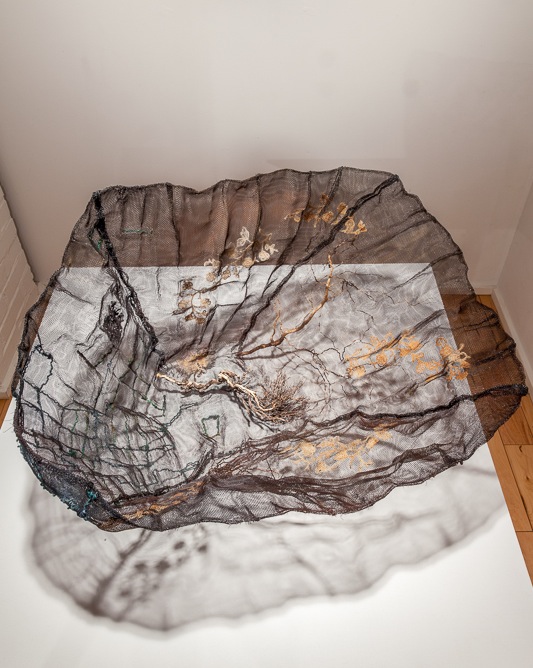
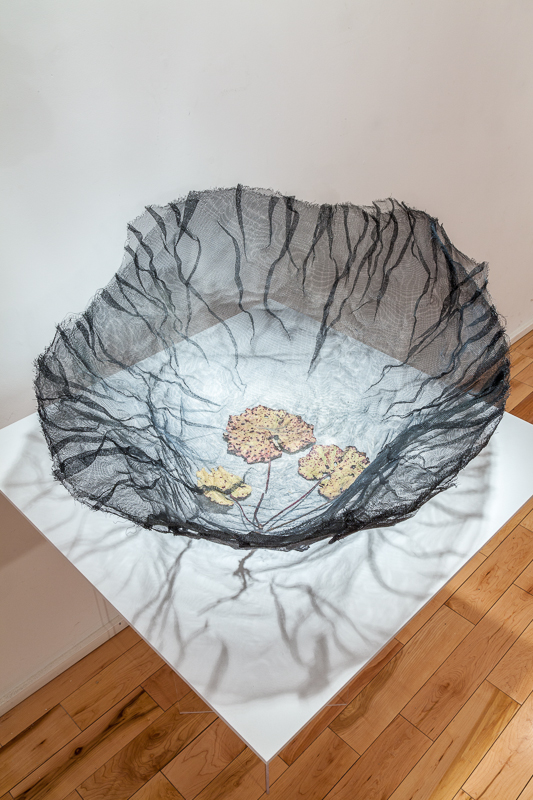
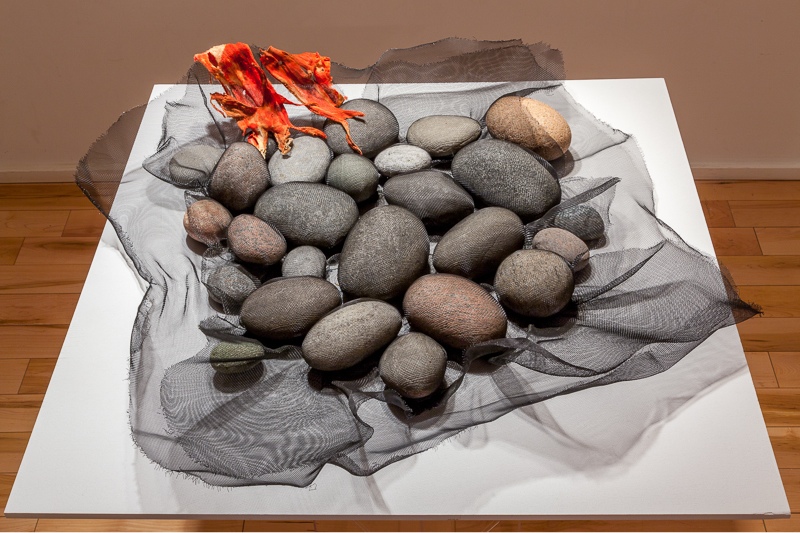
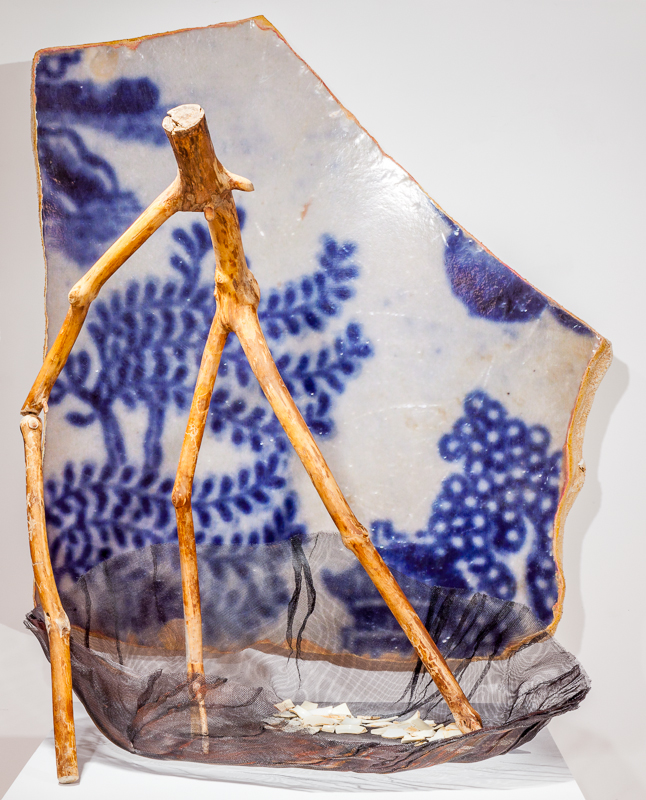
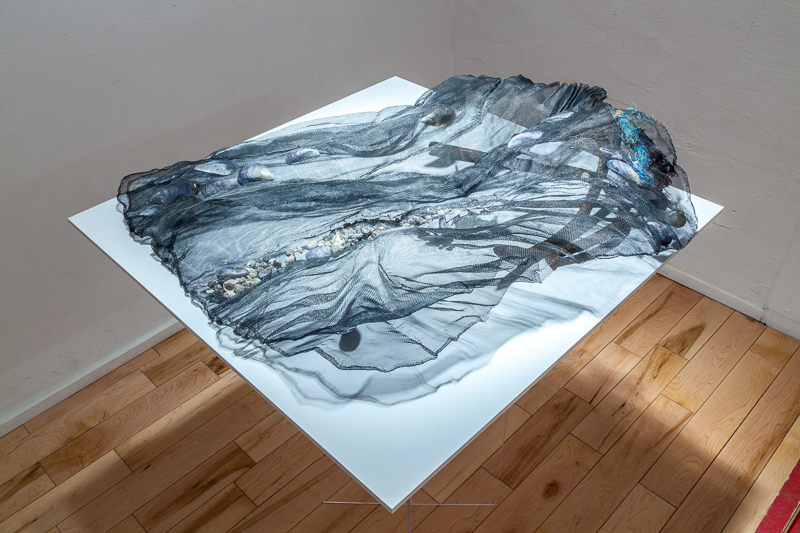
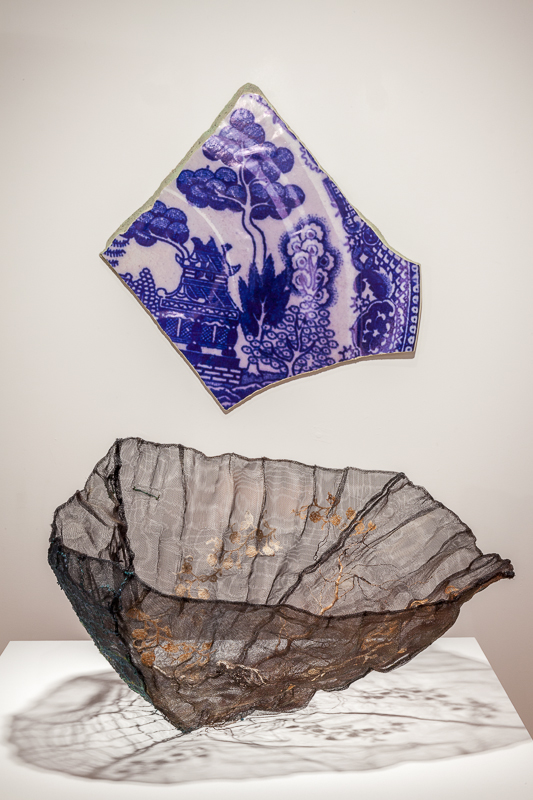
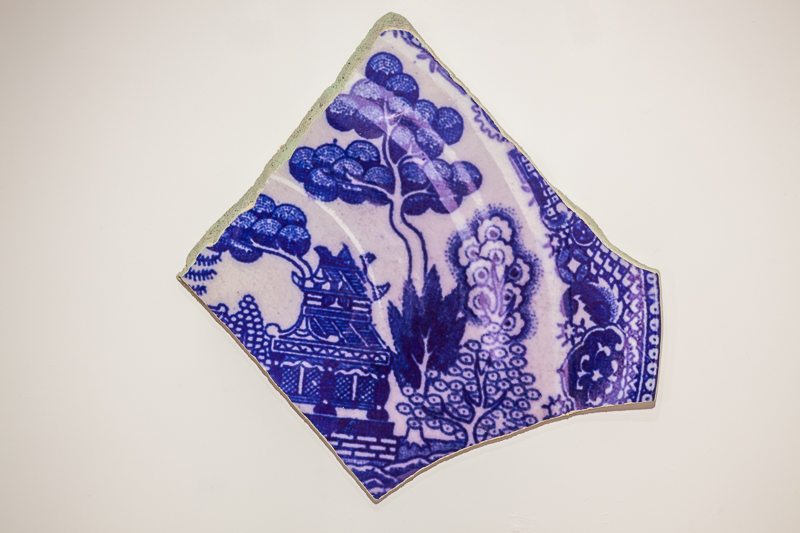

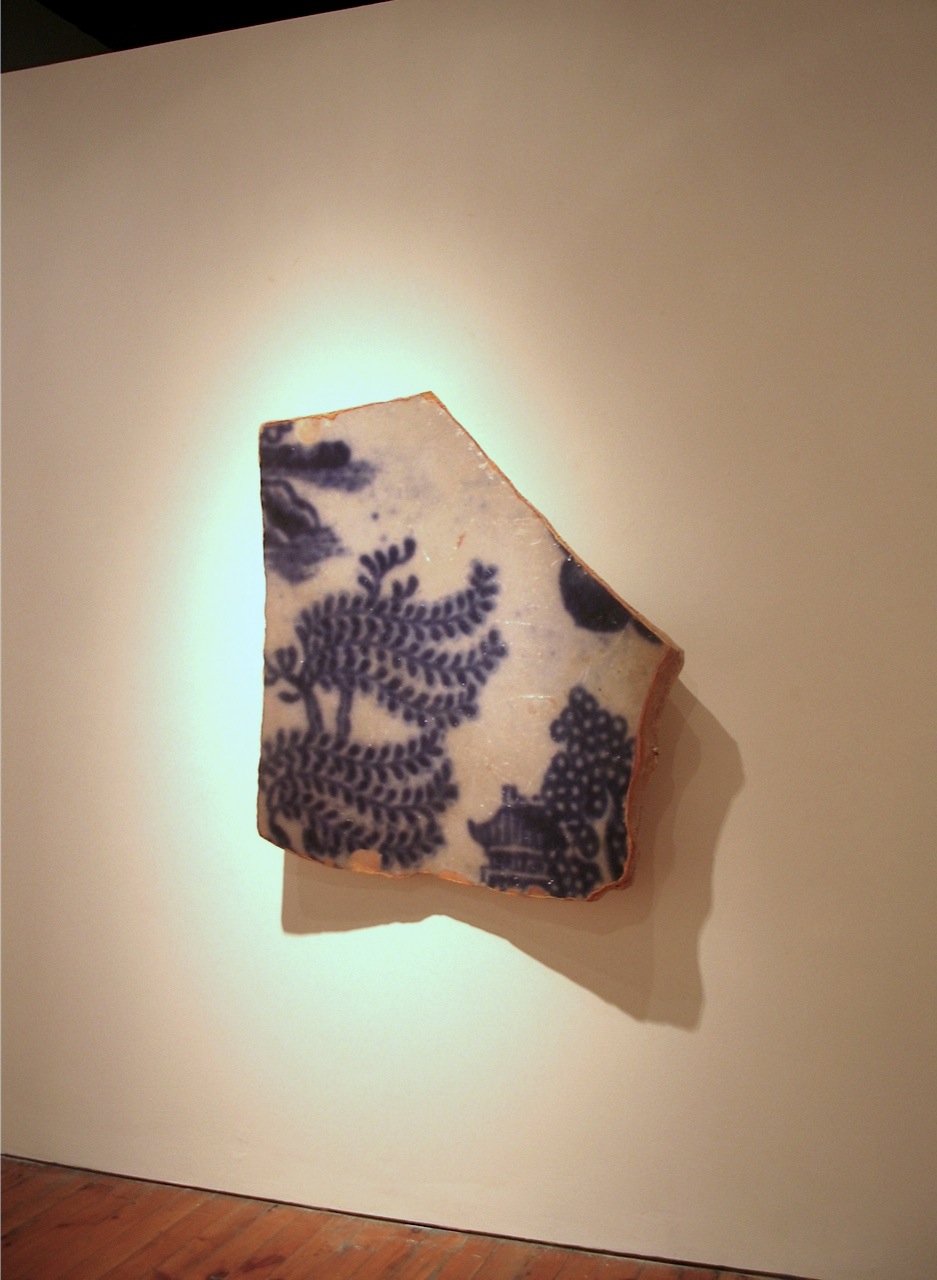
![Reclamation, [Installation View]](https://images.squarespace-cdn.com/content/v1/52595f12e4b018d72380d136/1382188810559-1ZMYEM7M2E76748GZ4J3/_MG_7848.jpg)
![Reclamation, [Installation View]](https://images.squarespace-cdn.com/content/v1/52595f12e4b018d72380d136/1382188811143-GRPJAK7CVXQUFRL297I0/_MG_7849.jpg)
![Reclamation, [Installation View]](https://images.squarespace-cdn.com/content/v1/52595f12e4b018d72380d136/1382188811252-N51G1H1CO4RXXF336NOF/_MG_7851.jpg)
![Driftwood Assemblages, [Installation view]](https://images.squarespace-cdn.com/content/v1/52595f12e4b018d72380d136/1382188811820-N2K3ZEZRDIGFSD1TLJTT/_MG_7853.jpg)
![Driftwood Assemblages, [Installation view]](https://images.squarespace-cdn.com/content/v1/52595f12e4b018d72380d136/1382188812579-U21432VQWYRSBKM3C73M/_MG_7855.jpg)
![Driftwood Assemblages, [Installation view]](https://images.squarespace-cdn.com/content/v1/52595f12e4b018d72380d136/1382188812552-JYTD0Y24GU8QLYEWOMFB/_MG_7857.jpg)
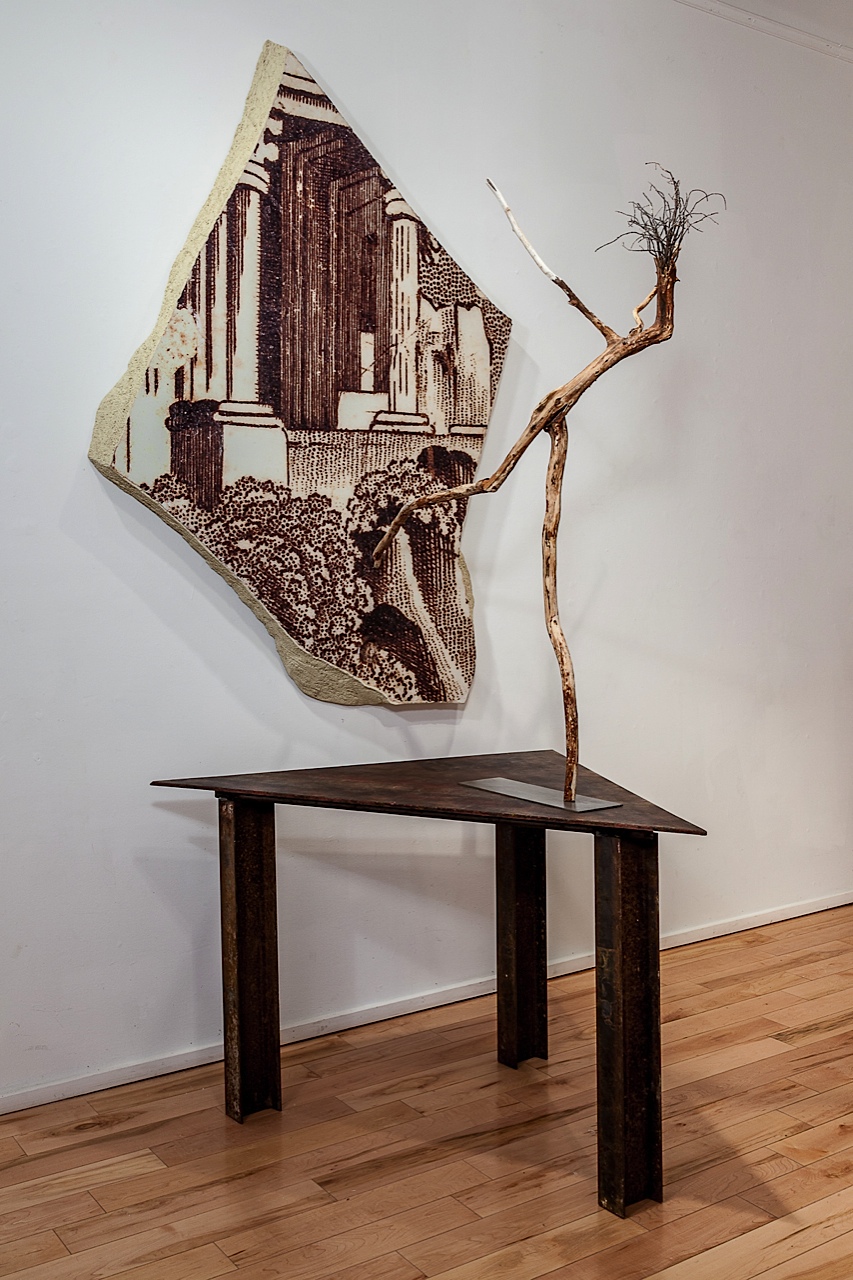
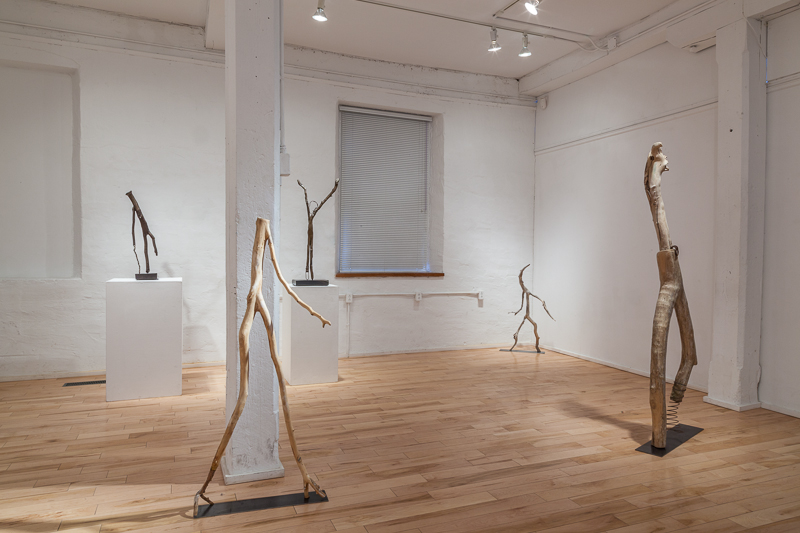
![Reclamation, [Installation View]](https://images.squarespace-cdn.com/content/v1/52595f12e4b018d72380d136/1382188813127-UGAAIG8SFRXO6K4VRSJX/_MG_7862.jpg)
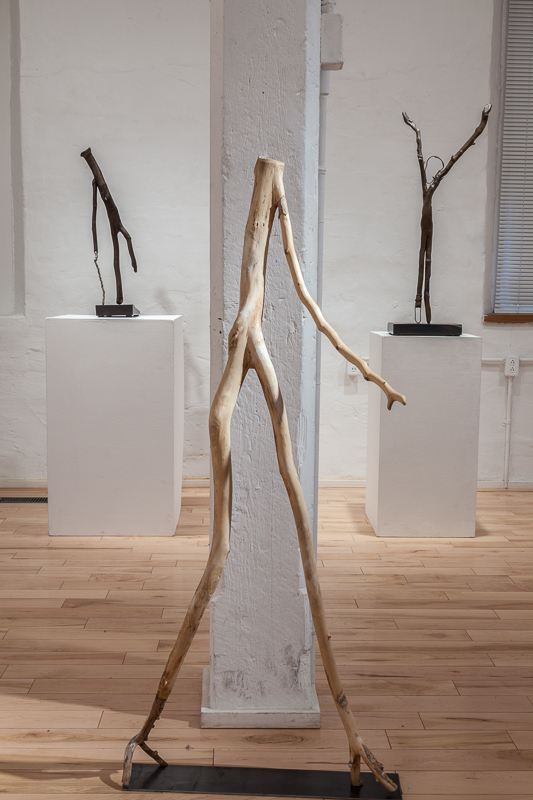
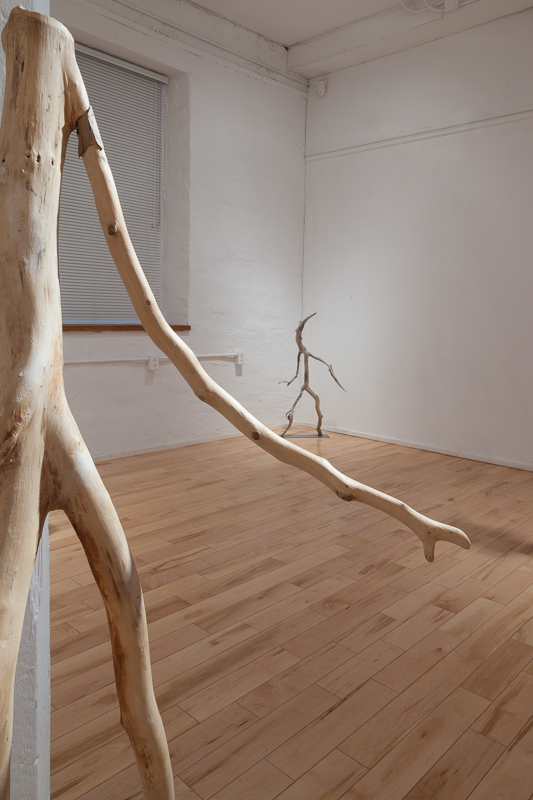
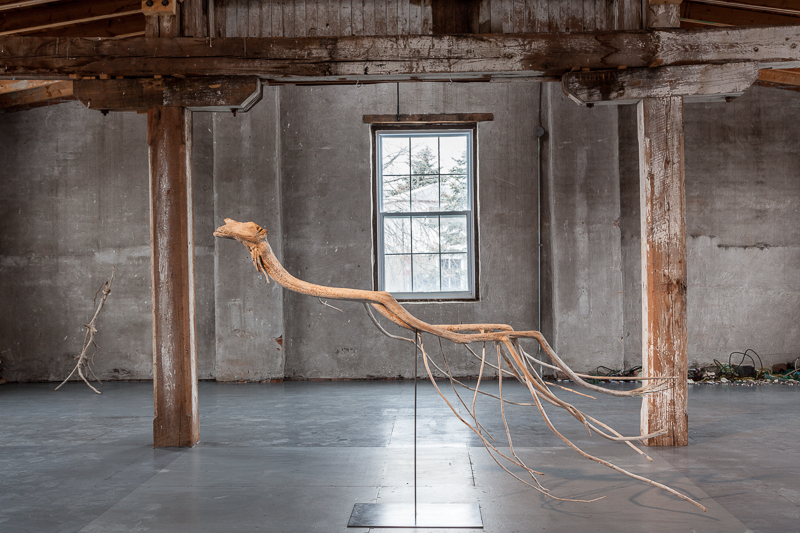
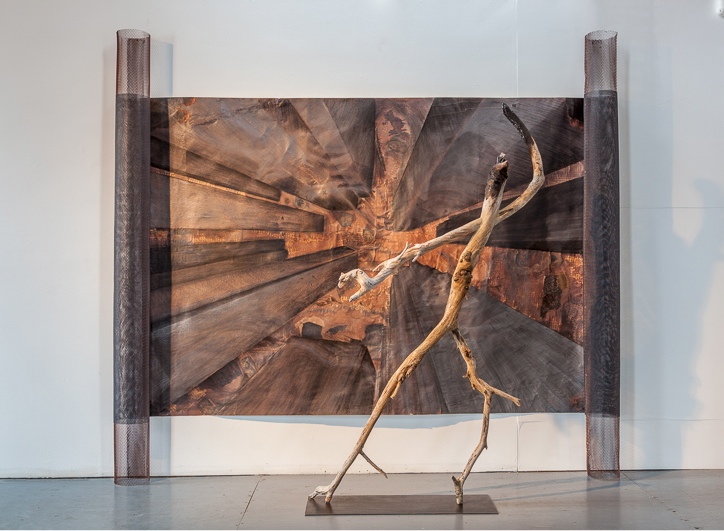

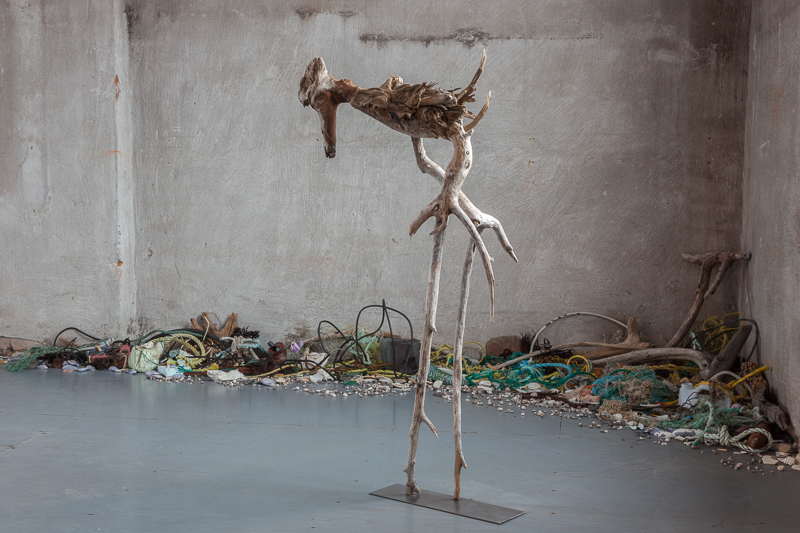
![Reclamation, [Installation View]](https://images.squarespace-cdn.com/content/v1/52595f12e4b018d72380d136/1382188816547-PEAEBAXWMNUPUSEC7KOE/_MG_7879.jpg)
Walks With Cane, 2011 - 12, Newfoundland driftwood , 67 x 23 x 20 cm
ARTIST STATEMENT
Shorelines border one world with another, where the beachcomber’s harvest is exposed by nature’s rhythm in deep time. This flotsam and jetsam, what is it saying, washed up with twisted limbs, rusted protrusions, broken down compositions? Memory is embedded, the process of ageing ennobles. From being tossed away or lost, then washed up, then recovered and restored to dignity and purpose, these driftwood forms represent a deeply human longing for reclamation. Like us, they are simply travellers through time, looking for meaning. How have we come here? How do we react to our environment? How do we find ourselves and each other in our multicultural humanity? The figures started from the careful collecting of monumental driftwood pieces, beside Lake Ontario, where our family has lived for twenty-six years. I saw and felt, not only the essence of the living form of the trees, but the larger creative energy from which they sprang. This brought about the Cliff Sentinels in 2003. After mounting that circle of twelve tall trunks, I began picking up much smaller pieces of driftwood, still making many of the same connections, but releasing them from their totemic role.
Once settled in Gros Morne, Newfoundland, for an artist’s residency, the driftwood came to feel evocative of the courageous and indomitable Maritime character, both with a view to its proud heritage (and mine), and the challenge of its having to reinvent itself. It struck me as a powerful metaphor that these marginal figures should be ‘soldiering on’, pruned, glued, with replaceable limbs screwed on, then sanded and painted for a natural, unembellished effect. The Newfoundland figures are different from the smoother, less angular ones made from Lake Ontario driftwood, but all of them look entirely vernacular, still appearing as spirit creatures, each with a message, from a world of dreams and imagination.
While beach combing, broken ‘best china’ pieces called to me. Brought over with them, their Old World designs and associations became extinct to generations of settlers who had so little in terms of material wealth and status. This metaphor also struck me as moving, poignant, and resonating for many communities around the world, forced to leave their homes, and countries, because of oppression, war or environmental disasters. I collected many porcelain shards that I found on the beaches. Photographing and enlarging their scale many times, I felt immersed in the essence of those now ‘mythical’ worlds.
From various geological locations in Gros Morne, individual rocks, significant because of their incredible ages, their journeys, and the resulting forms, were cast in aluminum mesh. In smooth contrast, there are also some from the local shoreline of Lake Ontario. All take on the memory of rock-forms in shape and veining. I have inverted them to become vessels, repositories of memory, of recollection.
This ‘wandering in the inquiry’ over an extended time has allowed me to collect my thoughts and press them to animated forms, using nature’s elements. There is little that presents more enjoyable ability to be in the moment than a walk on the beach.
(The phrase: ‘wandering in the inquiry’ comes from my friend, Mohawk Peace builder and Toronto Architect, William Woodworth.)

